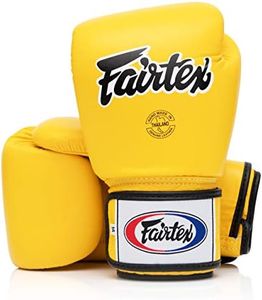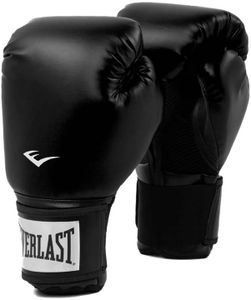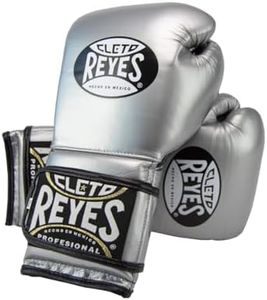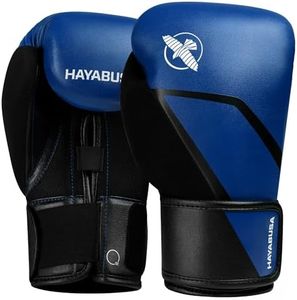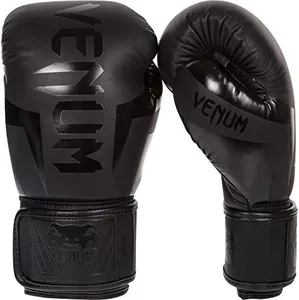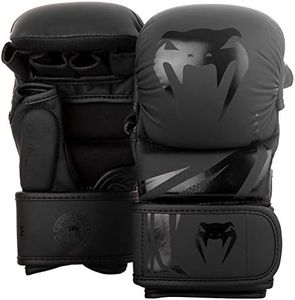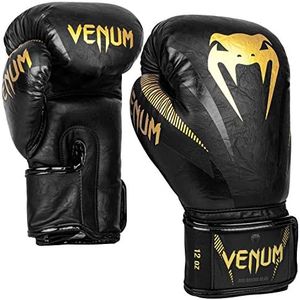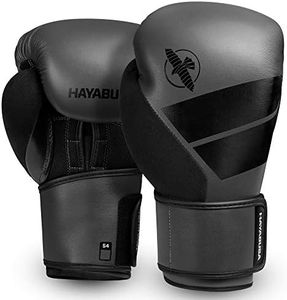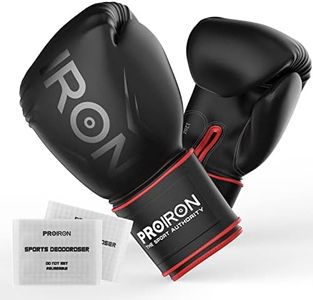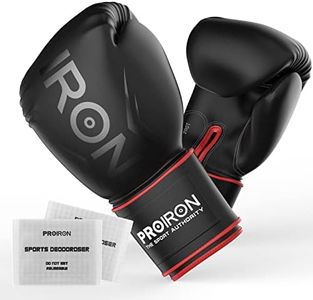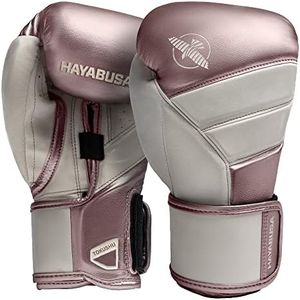We Use CookiesWe use cookies to enhance the security, performance,
functionality and for analytical and promotional activities. By continuing to browse this site you
are agreeing to our privacy policy
10 Best Punching Bag Gloves
From leading brands and best sellers available on the web.Buying Guide for the Best Punching Bag Gloves
Choosing the right punching bag gloves is essential for both comfort and safety during training. The correct gloves will help protect your hands and wrists, reduce fatigue, and improve your overall experience, whether you're a beginner or more experienced. To pick the best fit, it's important to understand the key specifications and how they relate to your specific needs—especially considering how often you train, your training intensity, and your hand size.Glove WeightGlove weight is measured in ounces (oz) and determines how heavy and padded the gloves are. This is important because it affects your hand protection and the effort needed to punch. Lighter gloves (8-10 oz) are typically used for speed work and for people with smaller hands or lighter build, while medium gloves (12-14 oz) are common for general training and offer a balance between speed and padding. Heavier gloves (16 oz and up) are often preferred for sparring and those who want extra hand protection or to increase workout intensity. Choose a weight that matches your training style and physical characteristics.
Padding MaterialPadding is what absorbs and distributes the force of your punches, keeping your knuckles and wrists safe. Most gloves use foam padding, but the density and layering can vary. Softer padding is more comfortable but might offer less protection for heavy hitters, while firmer or multi-layered padding gives better shock absorption but can feel bulkier. If you're hitting the bag regularly and putting a lot of force into your punches, opt for gloves with quality, layered padding. For light training or beginners, softer foam can suffice.
Closure TypeClosure type refers to how the gloves stay on your hands. The two main types are Velcro (hook-and-loop) and laces. Velcro closures are easy to put on and take off, making them popular for bag work and solo training, while lace-ups provide a snugger, more customized fit but generally require help to tighten. For most users practicing at home or at the gym, Velcro is a practical choice, while lace-ups are better suited for longer, more competitive sessions.
MaterialThe outer material of the gloves affects durability, feel, and price. Genuine leather is tough, lasts longer, and molds to your hand over time, making it suitable for heavy use. Synthetic materials like PU or vinyl are more affordable and easier to clean but may wear out quicker. If you train frequently, leather might be the better investment, while synthetics work fine for light or occasional use.
Wrist SupportGood wrist support helps prevent injuries by keeping your wrist in a safe, natural position. Some gloves have extra padding or special strapping for this purpose. If you have had wrist issues or are planning intense sessions, seek out gloves with reinforced wrist support. For basic or casual training, standard support usually suffices.
VentilationVentilation refers to the glove's ability to keep your hand cool and dry. This may come as mesh panels or small air holes. Better ventilation helps reduce sweat and odor, making your gloves more comfortable for longer sessions. If you tend to sweat heavily or train in warm environments, look for gloves with good airflow features.
